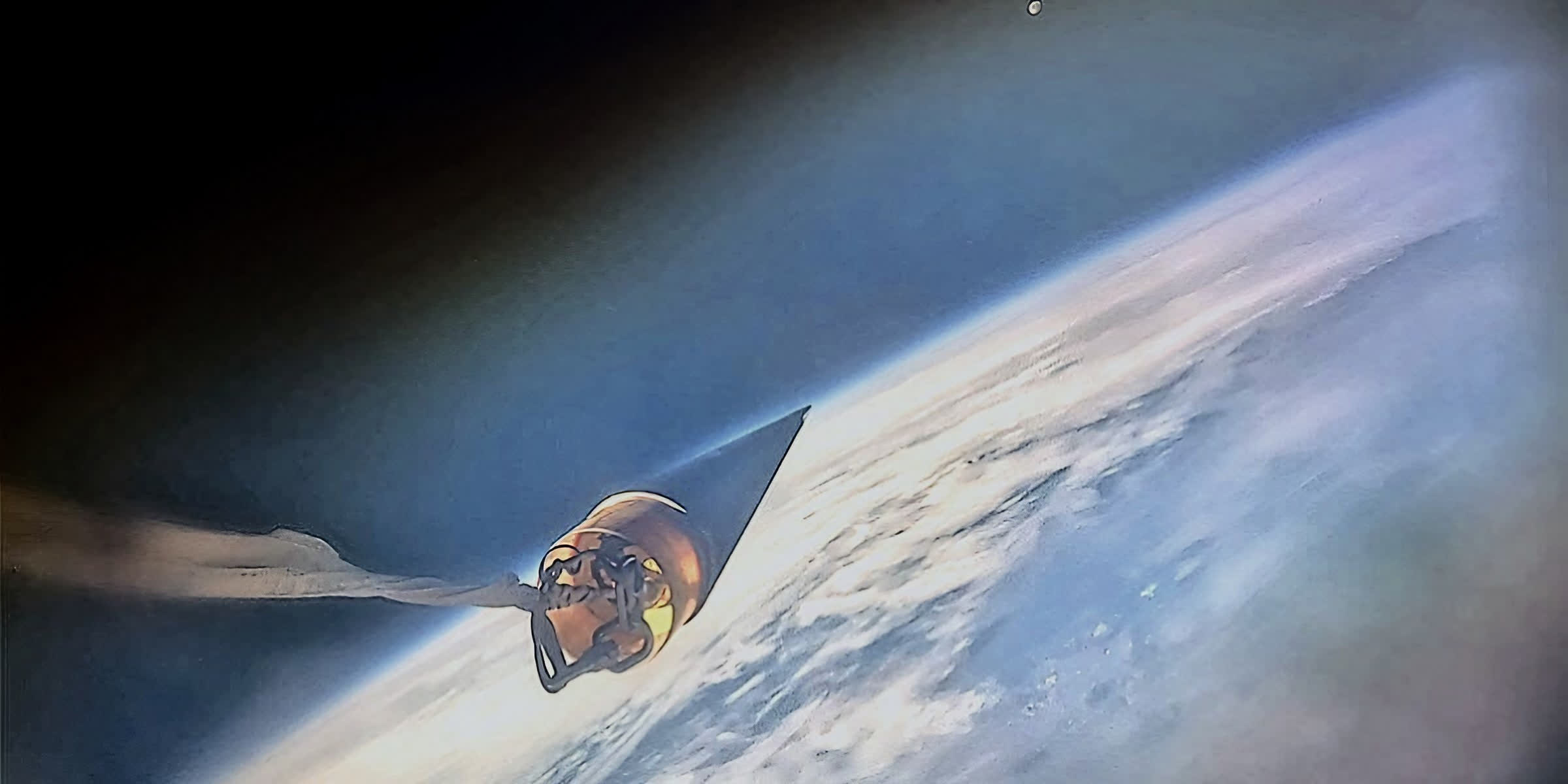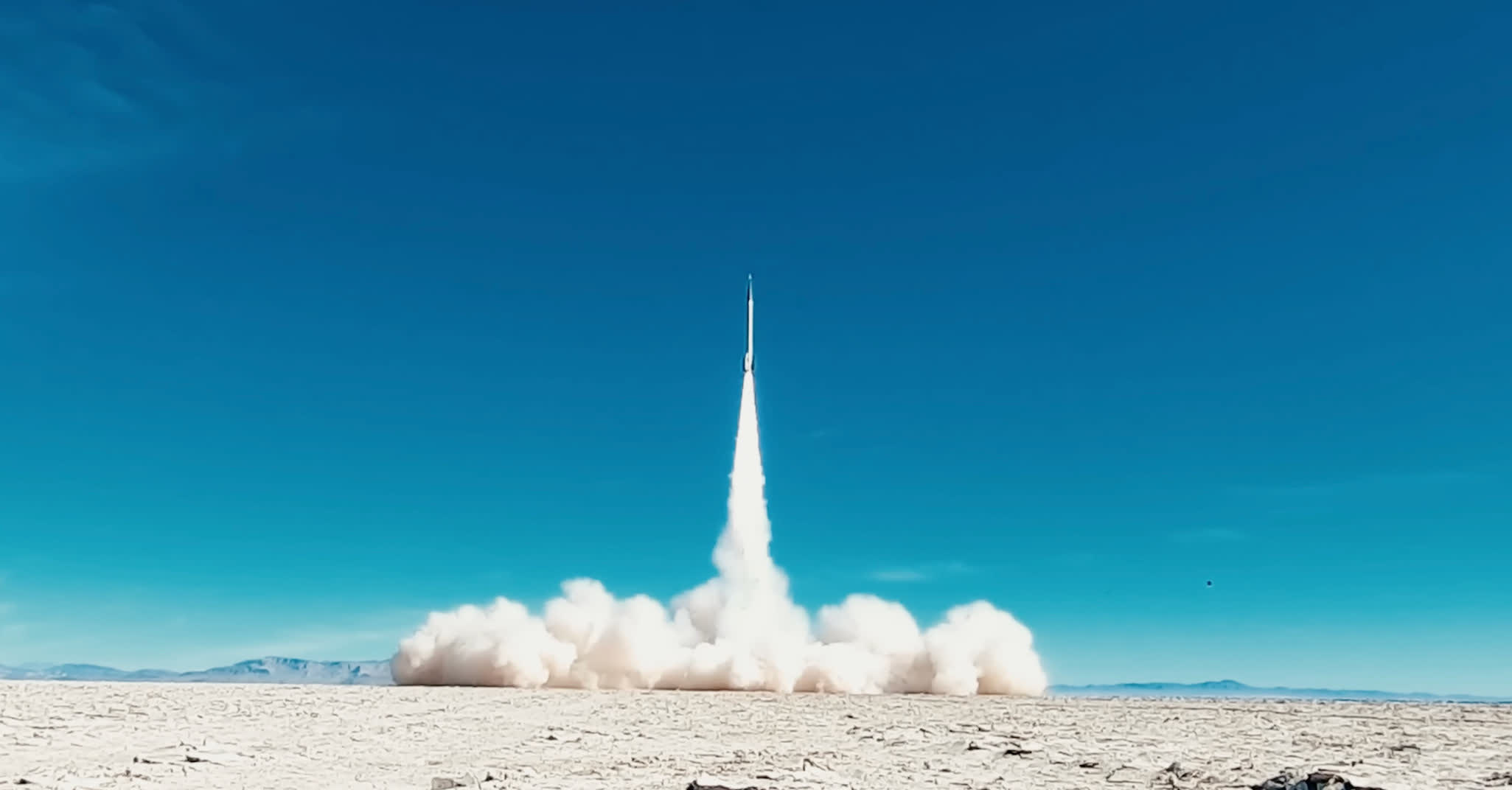What just happened? A team of engineering students from the University of Southern California just took amateur rocketry to new heights – literally. The USC Rocket Propulsion Lab broke the previous altitude record for student/amateur rockets last month when their Aftershock II vehicle soared an incredible 89.09 miles above the Earth's surface.
Launched on October 20 from Nevada's Black Rock Desert, the 13-foot, 330-pound rocket reached a peak altitude of 470,400 feet. That's nearly 90 miles up, shattering the prior 71.97-mile amateur record set by the Civilian Space Exploration Team's GoFast rocket back in 2004.
That's impressive enough alone, but it's not the only record set by the Aftershock II. The rocket was also the fastest of its kind, achieving a top speed of 3,602 mph. The students calculated that the rocket accelerated to an astonishing 5,283 feet per second.
Ryan Kraemer, the executive engineer and a mechanical engineering undergrad who led the project, explained that their record-breaker represented multiple engineering achievements. He said that Aftershock II featured the most powerful solid-propellant motor ever fired by students as well as the most powerful composite case motor made by amateurs.
The flight was built upon the USCRPL's prior work. In 2019, they made headlines as the first student team to launch a rocket (called Traveler IV) across the Kármán line – the boundary around 62 miles up that's considered the entrance to outer space.
However, beating the goals set by the previous rocket required major technological advances. The students had to develop new avionics systems, thermal protection systems, fin designs, and other upgrades for the Aftershock II. Keeping the rocket from burning up at hypersonic speeds was also a huge challenge that they overcame.
"The protective paint system we developed performed perfectly, enabling the rocket to return largely intact," Kraemer said in a statement. Their innovative fin design used titanium leading edges that thoroughly stood the tests of spaceflight, even turning blue from the intense heat.
Another key innovation was custom onboard computer systems and circuitry designed by the students. Using these, they were able to track the rocket's dynamics during flight and quickly locate and recover it after the record-setting launch.
"To exceed the standard we set with Traveler IV, we had to solve many technical and operational challenges," Kraemer explained.
The hard work paid off, with Aftershock II returning safely with a trove of valuable flight data. You can dig into it to your heart's content through this white paper.

